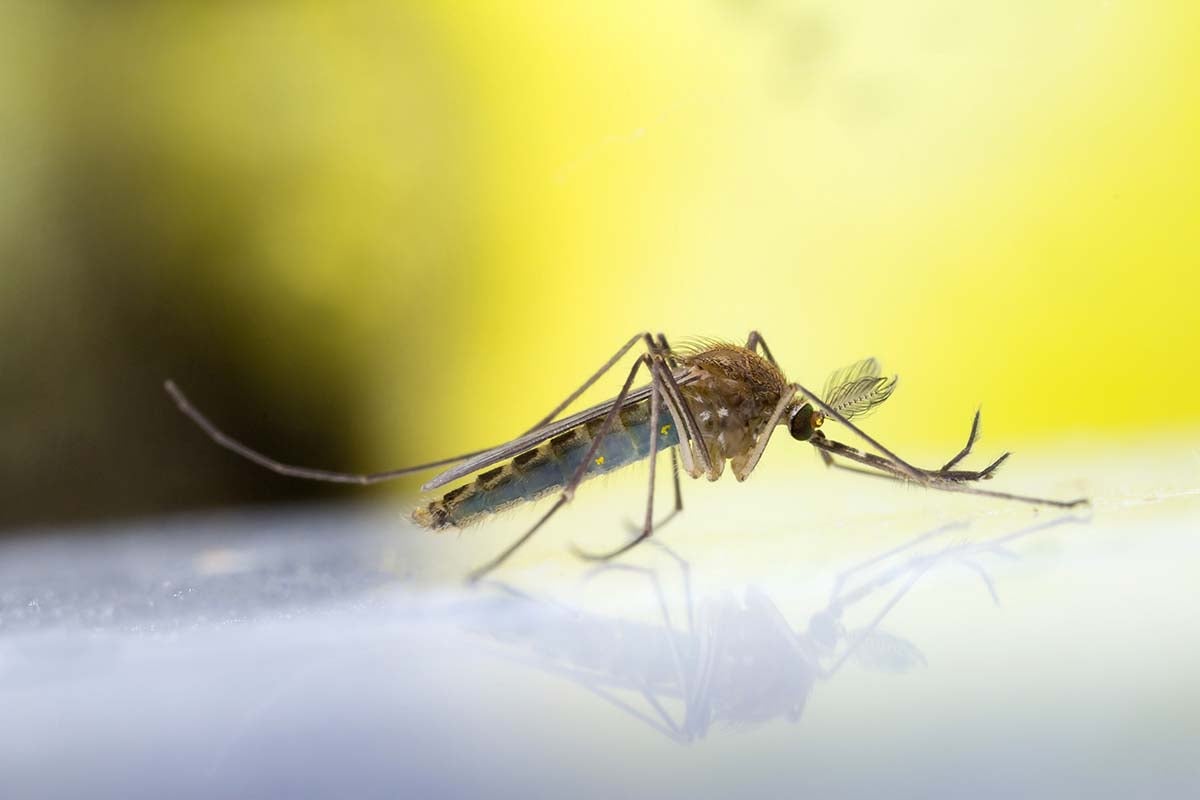A University of Central Florida researcher will be leading a new project to use nanotechnology to advance research in the detection and mitigation of emerging animal-borne infectious diseases.
The project is funded by a $50,000 grant from national philanthropic foundation Research Corporation for Science Advancement and the U.S. Department of Agriculture. The funding is part of an initiative called Scialog Mitigating Zoonotic Threats. Scialog is short for “science and dialog.”
Zoonotic threats are those that originate from animals, such as mosquito-borne diseases like West Nile virus and dengue fever. The origin of SARS-CoV-2, the virus that causes COVID-19, is still under debate, but its possible animal origin means more attention is being given to zoonotic diseases — as well as to monitoring for ones that could emerge in the future.
In the first of what will be a three-year program, the initiative will focus on launching new research identification, diagnosis, mechanisms and inhibition of emerging zoonotic disease pathogenesis. The program has awarded 25 individuals from research teams across the country with $50,000 grants. The goal is to create an interdisciplinary community to catalyze research of zoonotic threats.
Laurene Tetard, an associate professor in the Department of Physics and researcher with the Nanoscience Technology Center, is one of the 25 awardees. Her group analyzes nanoscale imaging and spectroscopy. As part of the new initiative, they will be exploring replacement options for the current honey-bait card used to trap pathogens present in mosquitoes’ saliva.
During the recent Scialog meet held this fall, Tetard’s team was able to learn from various experts in the field.

“There is a huge gap between the state-of-the-art technology being developed in nanotechnology and the technology currently available for tracking potential threats from animals,” Tetard says.
Currently, the process to evaluate threats from mosquitoes can be a cumbersome process that includes setting up massive traps, identifying the mosquitoes and carrying out molecular assays on them to determine potential pathogens they carry, Tetard says.
The researcher and her team, with the help from experts in nanomaterial designs and from the USDA, aim to produce an active material that will change color in the presence of pathogens. Such an innovation would significantly reduce the work involved in mosquito trapping and filter which samples will carry potential pathogens to analyze.
The grant will support her team in a project with real-life applications in the near future. Tetard says she is extremely grateful to be included in the initiative and hopes to share this opportunity with other researchers and interested students.
“We are really at the beginning of this idea,” she says. “We have to build everything. The opportunity to apply our expertise to a field of research that could benefit from smarter sensors, better fundamental understanding of the response of pathogens to their environments, or to new treatments is very exciting. I am very thankful to be part of the Scialog team on this topic, and I hope that this first step will lead to more ideas to prepare us for new unknown biological threats.”
Tetard received her doctorate in physics from the University of Tennessee, Knoxville, and joined UCF’s NanoScience Technology Center and Department of Physics, part of UCF’s College of Sciences, in 2013. She also has been a recipient of the U.S. National Science Foundation’s CAREER grant, an award given to early career scientists and engineers with high promise of leading major advances in their respective fields and who will serve as academic role models.




